The most critically ill patients in parts of Aberdeenshire waited more than three times as long for an ambulance as other parts of the north-east, new figures reveal.
Average waits longer than 15 minutes were experienced by seriously ill patients in areas including Aboyne, Turriff and Huntly.
This is despite the fact the national service has a target time of eight minutes.
The “code purple” patients are people in a life-threatening condition who are identified as having a 10% or more chance of having a cardiac arrest.
The waits for some rural patients are around three times as long as those experienced in areas such as Aberdeen, Tain and Elgin.
Ambulance response times: Rural areas record worst times
Patients in Aboyne faced the longest waits for code-purple calls across the major towns and cities in the north and north-east.
Five severe cases were recorded in the town between January and the end of September last year, with patients waiting an average of 21 minutes and 24 seconds.
The waiting time in the town has almost doubled since 2019 when patients in a critical condition waited on average around 11 minutes.
A Scottish Ambulance Service spokeswoman said one of the calls had started as a less acute case but was upgraded.
“The response time stated is an average of five calls received in the period out of 608 across Aberdeenshire,” the spokeswoman said.
“It should be noted that it includes a less acute call that was subsequently upgraded.
“We measure call times from the start of the initial call, and this has increased the overall average response time.
“We continually look for ways to improve our response times and following investment from the Scottish Government, 64 new staff were introduced across the Grampian region as well as three new ambulances and a new station in Aberdeen city.”
In contrast, ambulances arrived to category purple incidents in 10 minutes at nearby Banchory.
Meanwhile, paramedics were at the scene in Stonehaven and Peterhead in an average of around 11 minutes last year.
The longest ambulance wait times in the north and north-east of Scotland:
- Aboyne: 21min 24sec
- Turriff: 17:29
- Huntly: 15:01
- Macduff: 14:13
- Buckie: 12:20
Ambulance response times in Turiff have historically had poor performance but have shown signs of improvement.
While still the second worst in the region, they have cut wait times by almost four minutes, from around 21 minutes in 2022 to around 17 minutes last year.
Turiff’s first dedicated ambulance was brought into service in June to reduce soaring waiting times. It had been based in Banff but moved to its new home at the town’s fire station in November.
Meanwhile, the time critically ill patients in Macduff were waiting for an ambulance almost doubled this year compared to 2022 from over 8 minutes to around 14 minutes.
Where are the fastest ambulance response times?
The fastest ambulance response time for seriously ill patients was in Aberdeen.
A total of 685 severe cases were recorded in the city between January and the end of September last year, with patients waiting an average of 5 minutes and 59 seconds.
While this is slightly down on last year when patients waited just over six minutes, it is almost a minute and a half longer than 2019.
While patients in Aberdeen can expect a speedy pick up in the most severe emergencies, there have been well documented pressures in recent months.
NHS Grampian apologised last month after as many as 17 ambulances were stationed outside Aberdeen Royal Infirmary due to “exceptionally high demand”.
The Scottish Ambulance Service spokeswoman said: “We recognise the impact hospital handover delays at Aberdeen Royal Infirmary and Dr Gray’s Hospital are having in the wider Aberdeenshire area, which is why we are working closely with NHS Grampian to address them.”
A spokesman for the health board said during periods of “intense pressure, cases are triaged as normal with those facing life-threatening situations – such as heart attacks or strokes – continuing to be admitted rapidly for life-saving treatment as an absolute priority.”
The fastest average ambulance response times in the north and north-east of Scotland:
- Aberdeen: 5:59
- Tain: 6:13
- Elgin: 6:15
- Wick: 6:25
- Inverness: 6:37
‘Incredibly worrying trend’
The ambulance waiting times were obtained by the Scottish Conservatives via freedom of information legislation.
Tory MSP for Aberdeenshire West, Alexander Burnett, said: “These figures are a shocking reflection of the scale of the crisis facing the Scottish Ambulance Service and highlight an incredibly worrying trend for rural patients living in areas such as Aboyne.
“For patients suffering strokes or heart attacks, minutes could be the difference between life and death.
“Slow turnaround times and record waits at A&E are also contributing to the lengthy delays facing critically ill residents across Aberdeenshire.”
‘Not unique to Scotland’
A Scottish Government spokesman said: “We’ve set out key principles health boards should aim to achieve to safely reduce handover times at hospital front doors.
“This will reduce pressure on hospital and ambulance services – particularly during winter – and get patients the treatment they need more quickly.
“Delays for the handover of patients at emergency departments are not unique to Scotland with similar pressures being felt throughout the UK.
“The Scottish Ambulance Service continues to maintain a fast response to our most critically unwell patients and divert cases away from A&E by safely triaging patients within their community wherever possible.”
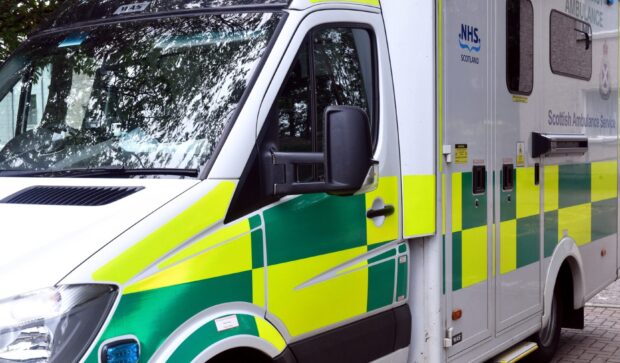
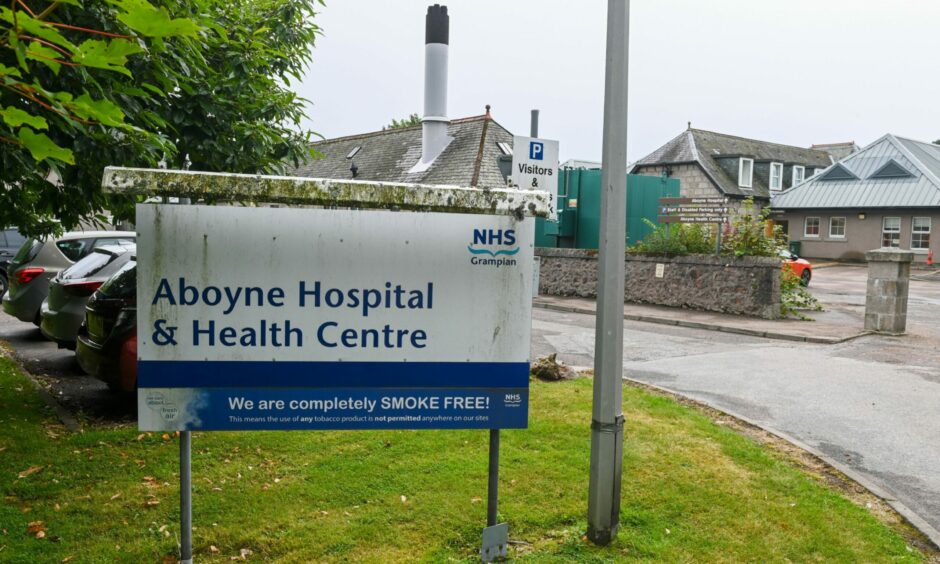
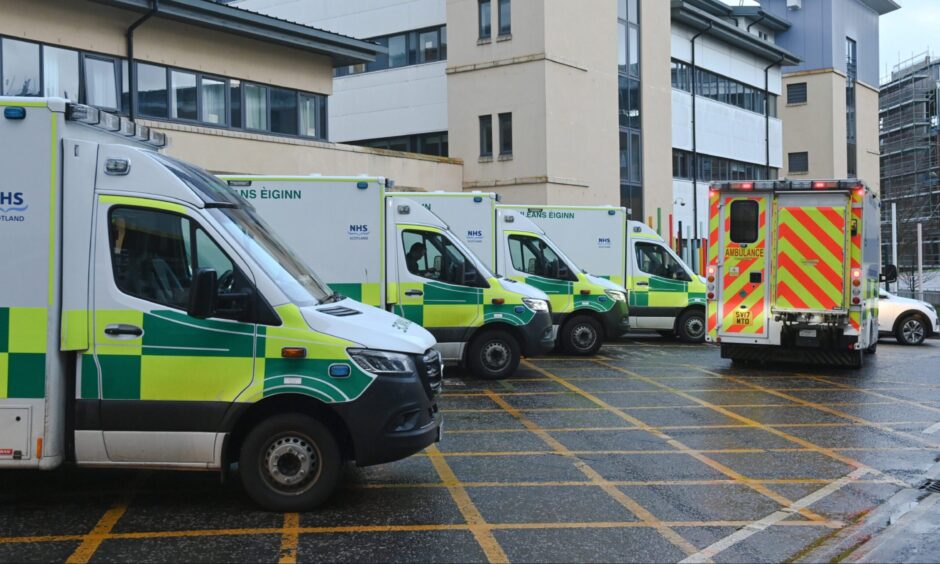
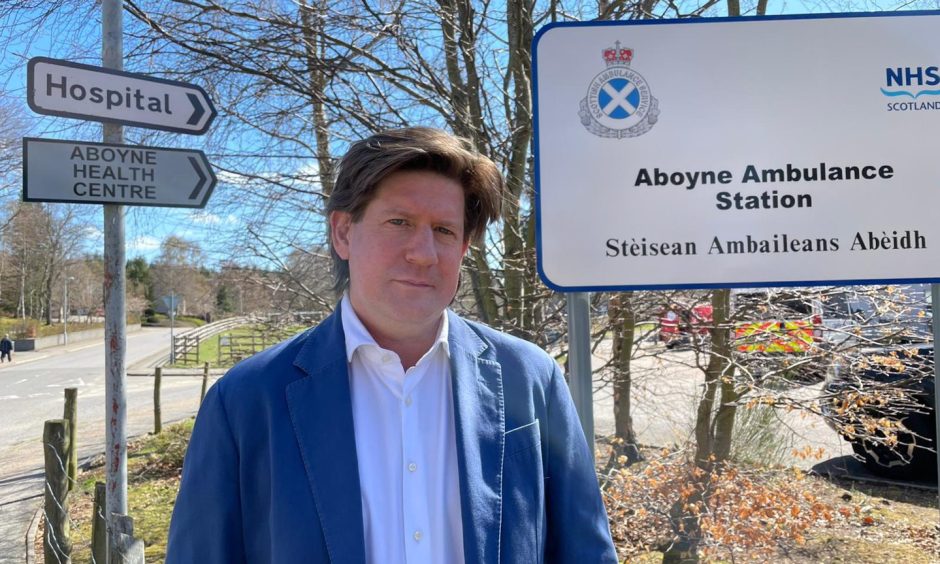
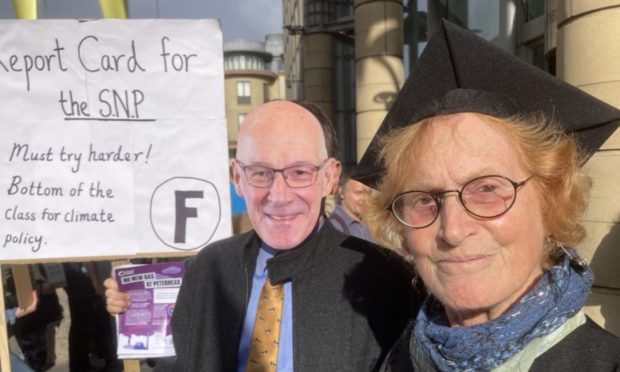

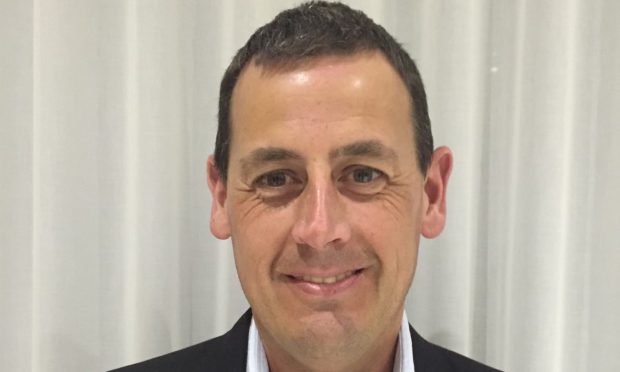
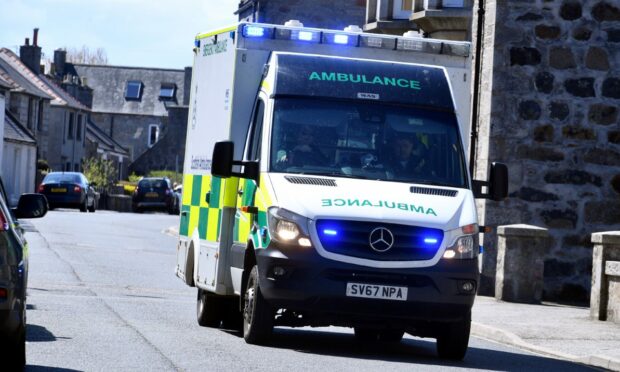
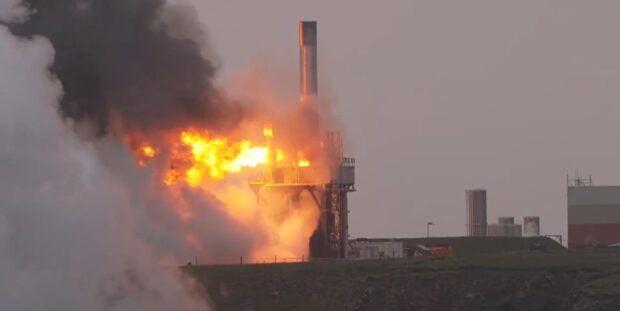
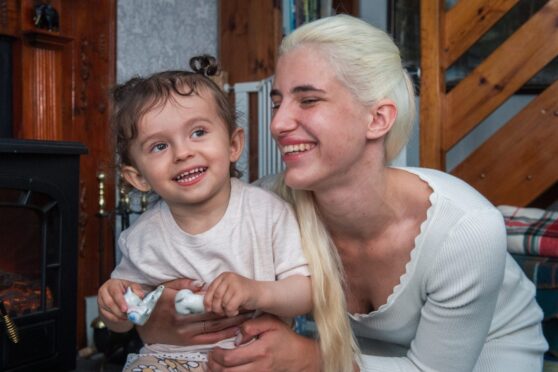

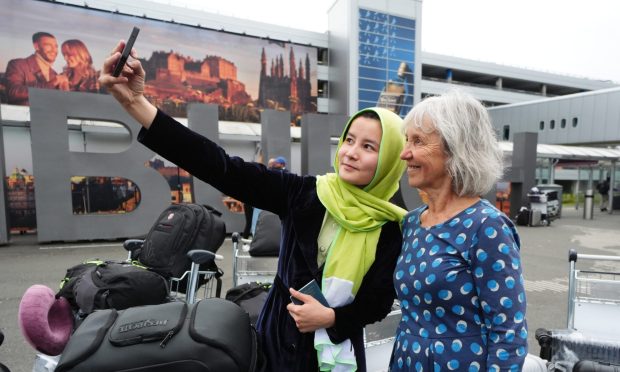

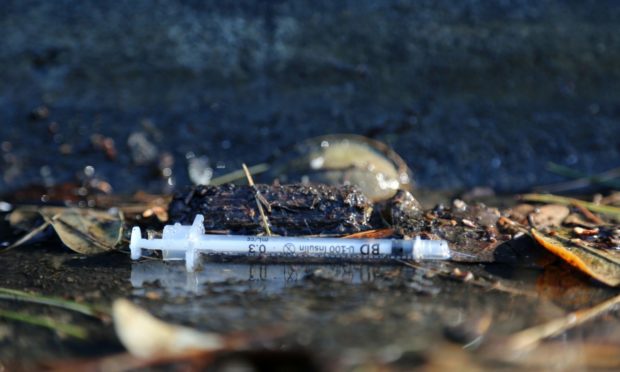
Conversation